The most common bead frames include Chinese, Japanese, and Russian abacuses as well as school abacuses. Less well known is the Roman hand abacus, of which only three original pieces have survived, and the mysterious Incan counting board, the Yupana. The Incas used knotted cords (quipus or khipus) to store numerical values, and Yupanas for calculations. While several hundred knotted cords have been preserved, only a few Yupans have survived. The word yupay, which comes from the Quechua language, means “count.” The mostly square or rectangular boards were made of wood, stone, or clay. They consisted of several compartments on different levels. Calculations were made with pebbles or seeds. Little is known about this device from contemporary literature (see Figure 1), see also Technical Marvels, and Technical Marvels: Part 2, in Communications of the ACM.
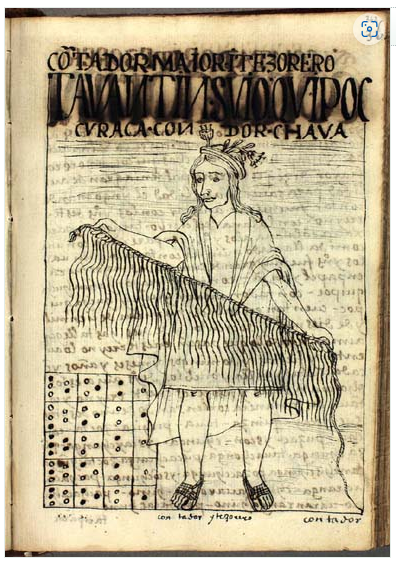
Figure 1: This image from Felipe Guamán Poma de Ayala: El primer nueva corónica y buen gobierno (1615)
shows a person with a knotted cord and (bottom left) a yupana.
The book is located in Copenhagen, Credit: Royal Danish Library, Copenhagen
According to current knowledge, the first yupana was found in 1869 in Chordeleg, Ecuador. In 1878, a specimen appeared in Caraz, Peru. Yupanas were not only calculating devices, they also may have been used as architectural models for urban planning. The connection between the two forms (literary yupana and archaeological yupana) is unclear. The “archaeological” yupana has quite different shapes, which is rather unusual for a calculating aid. Another calculating board of South American origin is called “taptana.”
How do you calculate with the Peruvian abacus?
To this day, it is unknown how the Incas worked with these calculators. There are several hypotheses about their use, e.g. by Henry Wassén (1931), Carlos Radicati di Primeglio (1951), William Burns Glynn (1981), Nicolino de Pasquale (2001), Viviana Moscovich (2007), Cinzia Florio (2008), Andrés Chirinos Rivera (2010), Cinzia Florio (2008), and Dhavit Prem (2014). The Incas used the decimal place-value system. They knew the number zero and possibly the Fibonacci sequence.
In “Yupana o ábaco inca, a 100 años (1912–2022): experiencias y posibilidades de educación matemática en América Latina,” Henry-Mark Vilca-Apaza, William Walker, Mamani Apaza, and colleagues provide an excellent overview of the various explanations, similar to Raúl Ibáñez. Another guide stems from Costanza Bustos, Luis Hernando Vergara, and Carlos Julio Luque Arias: “El ábaco inca y las operaciones aritméticas.” The mysterious tablets were apparently suitable for all four basic arithmetic operations: addition, subtraction, multiplication, and division.
In which collections are there yupanas?
The following are a few examples of yupanas that are in various museums. Information about other devices is welcome.
The Museo Larco in Lima has two pieces (see Figures 2–3).
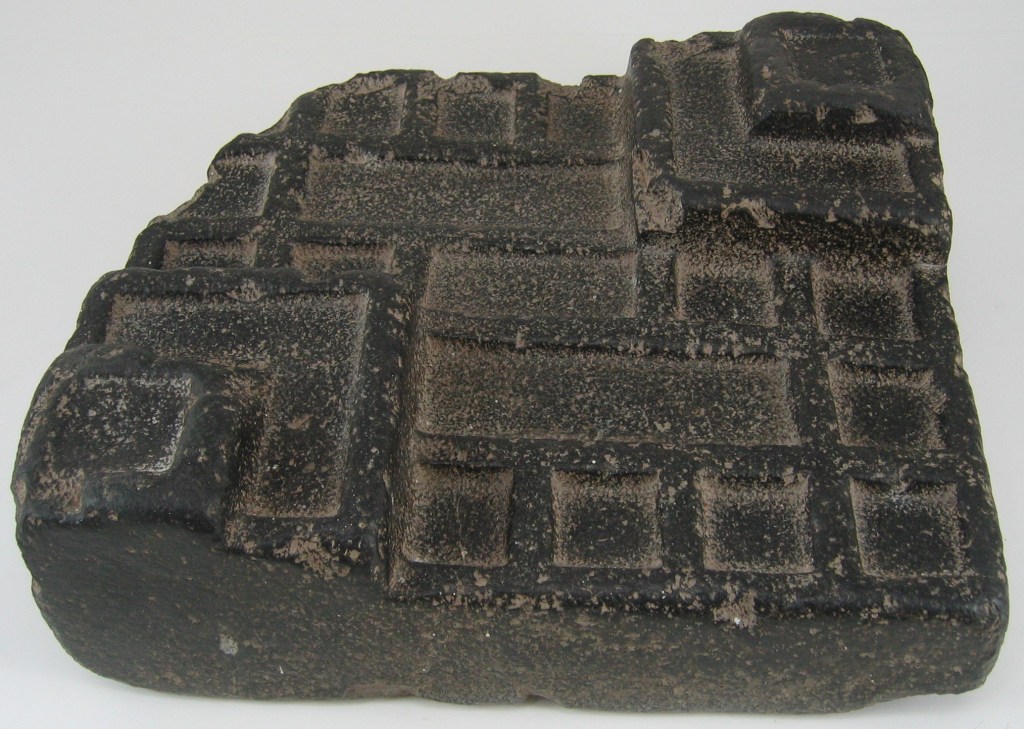
Figure 2. Granite slab with two square platforms and a total of three levels, 200–600 AD.
Credit: Museo Larco, Lima, Perú, ML301181
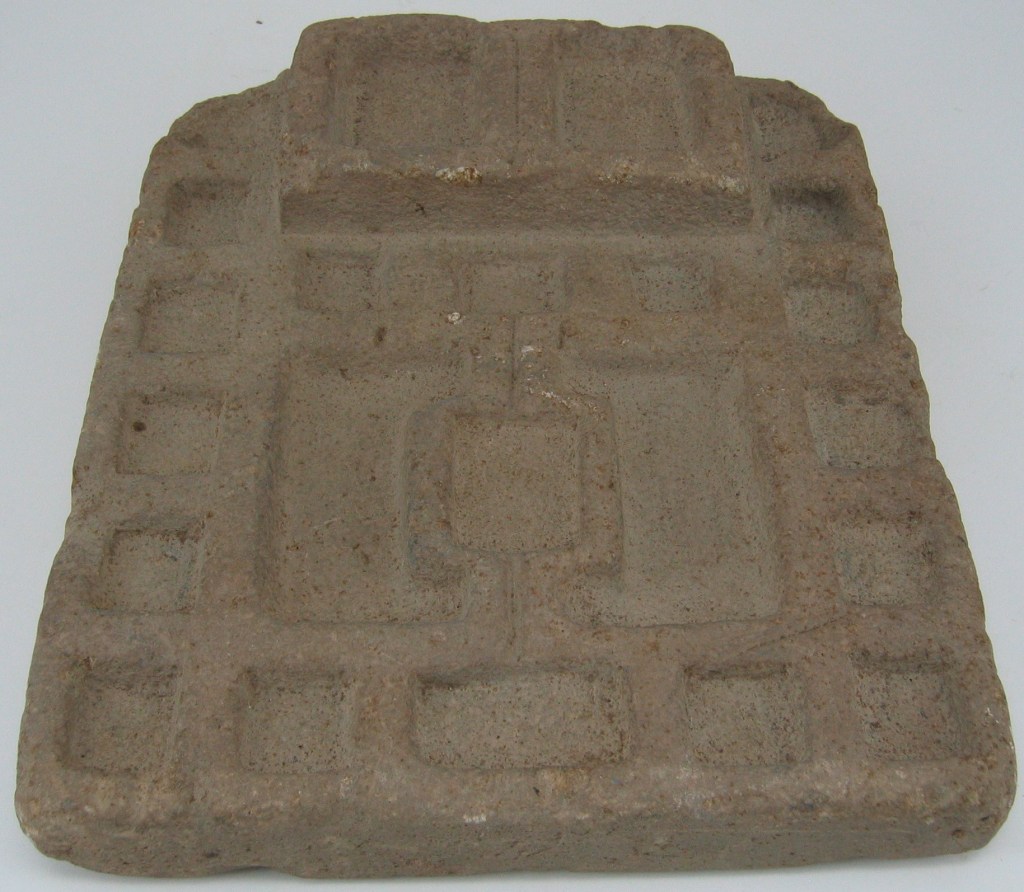
Fig. 3. Rectangular stone slab with several levels, 200–600 AD.
Credit: Museo Larco, Lima, Perú, ML301304
The stone tablet of the Museo de Arte de Lima (Mali), Peru (see Figures 4–5), was made between 1400 and 1532 AD.
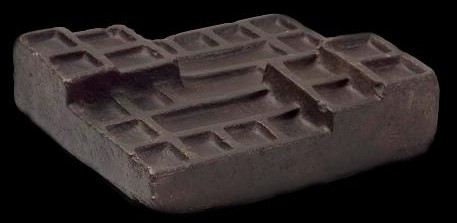
Figure 4: Stone counting aid with several levels.
Credit: Museo de Arte de Lima (Mali), Peru, Donación Memoria Prado
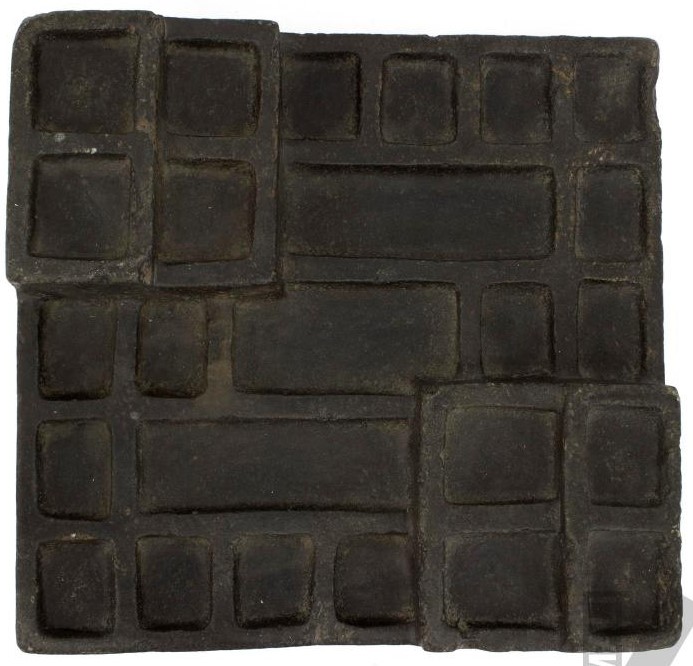
Figure 5: Yupana from above.
Credit: Museo de Arte de Lima (Mali), Peru, Donación Memoria Prado
Another model is also located in Lima (see Fig. 6).
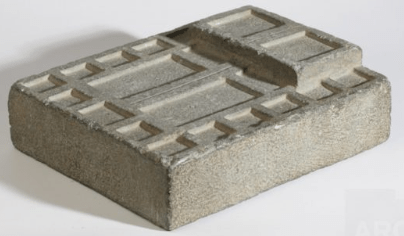
Figure 6: Yupana from Callesjón de Huaylas (Peru), made of carved stone (1400–1532 AD).
Credit: Museo Nacional de Arqueología, Antropología e Historía de Perú, Lima. Photo: Daniel Giannoni.
In New York there is this stone sculpture (see Figure 7).
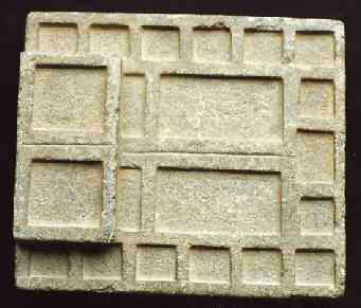
Fig. 7: Stone sculpture from Peru (200–600 AD).
Credit: American Museum of Natural History, New York
Yupanas also appear in European collections, for example in Milan (Figures 8–9).
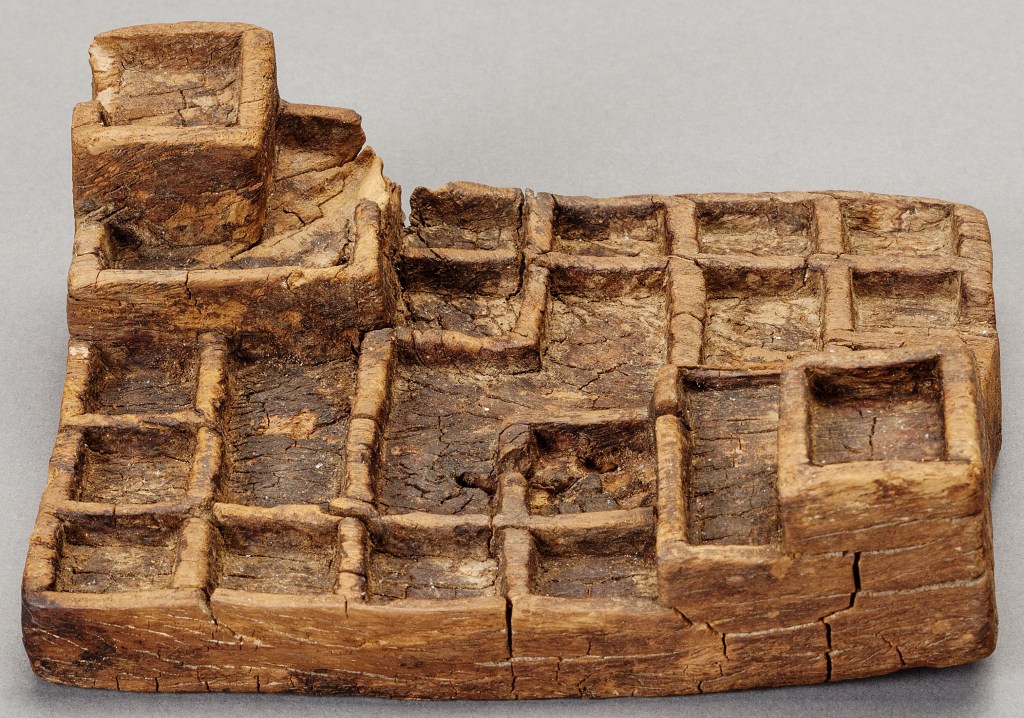
Figure 8. Yupana made of carved wood from the period 1580–1610. This device from Chordeleg (Ecuador) was found in 1869.
Credit: Museo delle Culture, Milano, ©Comune di Milano all rights reserved
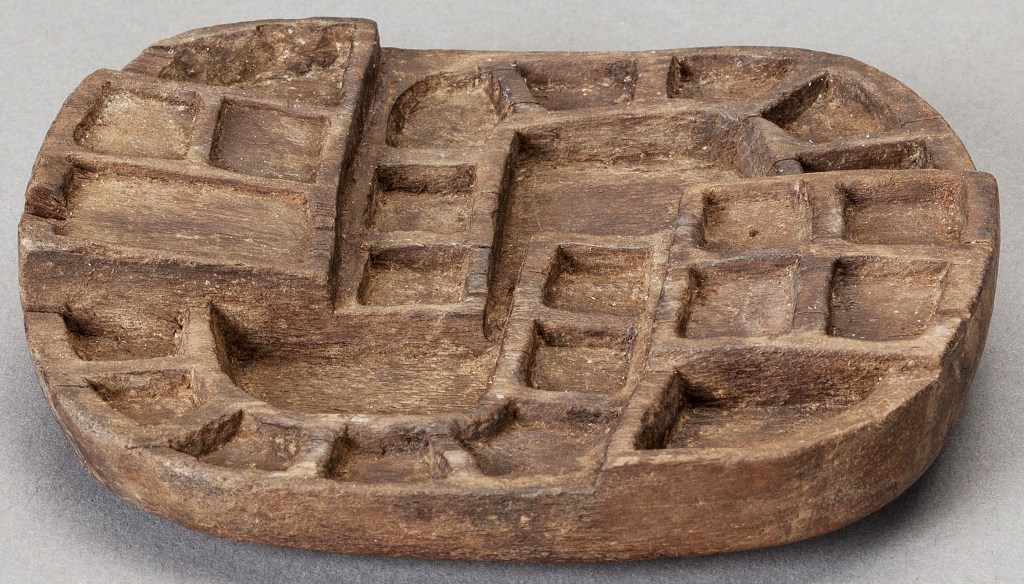
Figure 9. Yupana made of wood, 15th–16th century.
Credit: Museo delle Culture, Milano, © Comune di Milano all rights reserved
The Musée du quai Branly – Jacques Chirac in Paris keeps two plaster casts (see figures 10–11).
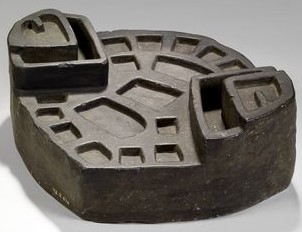
Figure 10. Plaster cast of a stone yupana, dated to 1450–1532 AD.
Credit: Musée du quai Branly – Jacques Chirac, Paris
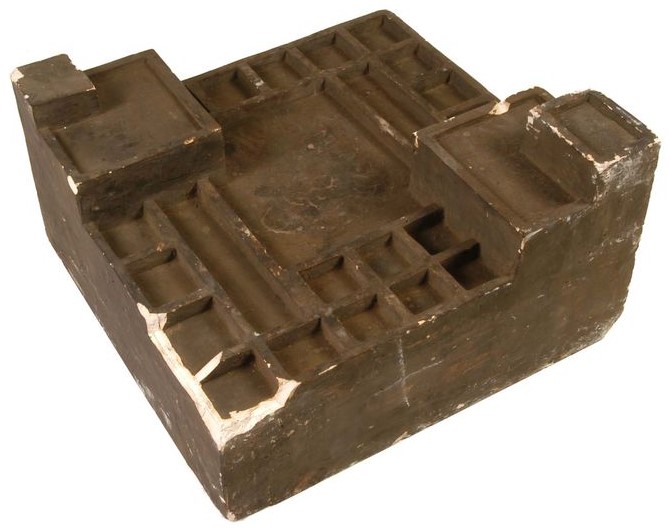
Figure 11: Plaster cast of a yupana, dated to the period 1450–1532 AD.
Credit: Musée du quai Branly – Jacques Chirac, Paris
The following illustration contains further yupanas (see Fig. 12)

Figure 12: Collection of yupanas.
Source: Henry-Mark Vilca-Apaza, William Walker Mamani Apaza, Beker Maraza Vilcanqui, and Wilfredo Hernán Bizarro Flores: Yupana o ábaco inca, a 100 años (1912–2022): experiencias y posibilidades de educación matemática en América Latina, 2023, page 87
Acknowledgements
Many thanks to Sergi Contreras Romero of the Museo Larco (Lima) and Rossella Di Marco, Museo delle Culture (Milan) for providing high-resolution photos.
Further reading
Aitken-Soux, P. G. and Ccama, F.: Abaco andino, instrumento ancestral de cómputo, in: Mackey, C.J., Pereyra, H., Radicati, C., Rodriguez, H., and O. Valverde, O. (eds.): Quipu y Yupana: Colección de escritos, Lima: Concytec (Consejo Nacional de Ciencia, Tecnología e Innovación Tecnológica) 1990, pages 267–274, Abaco andino, instrumento ancestral de computo | Semantic Scholar
Alquinga-Chango, M.: La Taptana o contador indígena como estrategia de aprendizaje en opera-ciones matemáticas básicas, in: Revista Cátedra, 2020, 3 (3), pages 65–87, La Taptana o contador indígena como estrategia de aprendizaje en operaciones matemáticas básicas | Cátedra (uce.edu.ec)
Bruderer, H: Chinese, Japanese, Russian, and Roman Abaci. Inadequate collection databases, 2nd edition, May 2024, DOI: 10.13140/RG.2.2.30916.64647/1, DOI 10.5281/zenodo.1116459
Bruderer, H.: Chinesische, japanische, russische und römische Abaki. Fehlerhafte Objektdaten-banken, 2nd edition, May 2024, DOI: 10.13140/RG.2.2.21269.74726/1, DOI 10.5281/zenodo.11164944
Bruderer, H.: Meilensteine der Rechentechnik, De Gruyter Oldenbourg, Berlin/Boston, 3rd edition 2020, volume 1, 970 pages, 577 illustrations, 114 tables, https://doi.org/10.1515/9783110669664
Bruderer, H.: Meilensteine der Rechentechnik, De Gruyter Oldenbourg, Berlin/Boston, 3rd edition 2020, volume 2, 1055 pages, 138 illustrations, 37 tables, https://doi.org/10.1515/978311066967
Bruderer, H.: Milestones in Analog and Digital Computing, Springer Nature Switzerland AG, Cham, 3rd edition 2020, 2 volumes, 2113 pages, 715 illustrations, 151 tables, translated from the German by John McMinn, https://doi.org/10.1007/978-3-030-40974-6
Bustos, C., Vergara, L.H, and Luque Arias, C.J.: El ábaco inca y las opera-ciones aritmeticas, Universidad Pedagógica Nacional, 2019, pages 187–208, (PDF) Anexo Abaco_inca [Yupana].pdf – PDFSLIDE.NET
Pinilla, E. and Esperanza, S.: Aportes de la yupana a la interpretación de la multiplicación. (Te-sis maestría), Universidad Externado de Colombia. 2018, 99 pages and appendix, Aportes de la Yupana a la interpretación de la multiplicación (uexternado.edu.co)
Florio, C.: Encuentros y Desencuentros en la identificación de una relación matemática en la yupana de Guaman Poma de Ayala, 2008, (PDF) Decifrata la yupana di Guaman Poma versione in spagnolo | cinzia florio – Academia.edu
Glynn, W.B.: La Tabla de Cálculo de los Incas, in: Boletín de Lima, 1981, (3), 11, Boletín de Lima – BOLETÍN DE LIMA (boletindelima.pe)
Guamán Poma de Ayala, F.: El primer nueva corónica y buen gobierno, 1615, El sitio de Gua-man Poma (kb.dk); Chief accountant (362-363) [362]: Guaman Poma, Nueva corónica y buen gobierno (1615) (kb.dk)
Ibáñez, R.: Quipu y yupana, instrumentos matemáticos incas (I), Quipu y yupana, instrumentos ma-temáticos incas (I) — Cuaderno de Cultura Científica (culturacientifica.com)
Ibáñez, R.: Quipu y yupana, instrumentos matemáticos incas (II), Quipu y yupana, instrumentos ma-temáticos incas (II) — Cuaderno de Cultura Científica (culturacientifica.com)
Leonard, M. and Shakiban, C.: The Incan Abacus: A Curious Counting Device, in: Journal of Mathematics and Culture, 2010 5 (2), pages 81–106, IncanAbacus.pdf (incaglossary.org)
Locke, L.L.: The Ancient Peruvian Abacus, in: Scripta mathematica, 1932, 1, pages 36–43
López, M., Ocaña-Fernández, Y., López, P., and López, L.: Taptana Cañari In the Teaching of Number Systems, in: Revista de Gestão Social e Ambiental, 2024, 14 pages (PDF) Taptana Cañari In the Teaching of Number Systems (researchgate.net)
Mackey, C.J.; Pereyra Sánchez, H.; Radicati di Primeglio, C.; Rodriguez, H., and Valverde, O. (eds.): Quipu y Yupana: Colección de Escritos. Lima: Concytec (Consejo Nacional de Ciencia, Tecnología e Innovación Tecnológica) 1990, 310 pages
Micelli, M.L., and Crespo, C.R.C.: Ábacos de América Prehispánica, in: Revista Latinoamericana de Etnomatemática, 5 (1). pages 159–190, 274021551007.pdf (redalyc.org)
Mora, L.C., and Valero, N.: La Yupana como Herramienta Pedagógica en la primera, Uni-versidad Pedagógica Nacional, undated, 26 pages, yupana_como_herramienta_pedagogica.pdf (ihmc.us)
Moscovich, V.R.: El Khipu y la Yupana. Administración y Contabilidad en el Imperio Inca, Ediciones El Lector, Arequipa 2016, 328 pages
Moscovich, V.R.: Yupana, tabla de contar inca, in: Revista Andina, 2006, 43, pages 93–127, (PDF) Yupana, tabla de contar inca | Viviana Moscovich – Academia.edu
Moscovich, V.R.: Yupana, tabla de contar inca: Estructura interna, in: Revista Andina 2007, 44, pages 71–116, (PDF) Yupana, tabla de contar inca: Estructura interna | Viviana Moscovich – Academia.edu
Pareja, D.: Instrumentos prehispánicos de cálculo: el quipu y la yupana, in: Revista Integración, 1986, (4), 1, pages 37–56, (99+) Instrumentos prehispánicos de cálculo: el quipu y la yupana | Ruby Villalva – Academia.edu, Instrumentos prehispánicos de cálculo: el quipu y la yupana | Revista Integración, temas de matemáticas (uis.edu.co)
Pereyra Sánchez, H.: La yupana, complemento operacional del quipu, in: Mackey, C.J.; Pereyra, H.; Radicat, C.; Rodriguez, H., and Valverde, O. (eds.): Quipu y yupana: colección de escritos, Lima, Peru: Concytec (Consejo Nacional de Ciencia, Tecnología e Innovación Tecnológica) 1990, pages 235–255
Pinto Tapia, M.Á.: Guía de uso de la calculadora y yupana inka en la enseñanza de la matemática, 2010, 126 pages, Uso de la calculadora y yupana innka miguel angel pinto tapia | PDF (slideshare.net)
Radicati di Primeglio, C.: El sistema contable de los Incas: yupana y quipu. Lima, Perú: Libre-ría Studium S.A. 1976, El sistema contable de los incas: yupana y quipu | Semantic Scholar
Radicati di Primeglio, C.: Tableros de escaques en el antiguo Peru, in: Carol J. Mackey; H. Pe-reyra; C. Radicati; H. Rodriguez; O. Valverde (eds.): Quipu y yupana: colección de escritos, Lima, Peru: Concytec (Consejo Nacional de Ciencia, Tecnología e Innovación Tecnológica), 1990, pages 219–234, Carlos Radicati di Primeglio, Tableros de escaques en el antiguo Perú – PhilPapers
Ríos Mencia, J.: Las matemáticas ancestrales y la yupana, in: Pensamiento pedagógico, 2013, 82, pages 41–47, Tarea82_41_Jesus_Rios.pdf
Rojas-Gamarra, M., and Stepanova, M.: Sistema de numeración Inka en la Yupana y el Khipu, in: Revista Latinoamericana de Etnomatemática, 2015, (8), 3, pages 46–68, Sistema de numera-ción Inka en la Yupana y el Khipu (redalyc.org), [PDF] Sistema de numeración Inka en la Yupana y el Khipu The Inka numeration system in the Yupana and Khipu | Semantic Scholar
Tun, M.: Yupana, in: Encyclopaedia of the History of Science, Technology, and Medicine in Non-Western Cultures, Springer Netherlands, 2014, pages 1–9, (2) Yupana. In The Encyclope-dia of the History of Science, Technology, and Medicine of Non-Western Cultures (3rd ed.). | Molly Tun – Academia.edu
Urton, G.: Quipus and Yupanas as Imperial Registers reckoning and recording in Tahuantinsuyu, in: The Oxford Handbook of the Incas, 2018, pages 601–622, Quipus and Yupanas as Imperial Registers: reckoning and recording in Tahuantinsuyu | The Oxford Handbook of the Incas | Oxford Academic (oup.com)
Vilca-Apaza, H.-M., Mamani Apaza, W.W., Maraza Vilcanqui, B., and Bizarro Flores, W.H.: Yupana o ábaco inca, a 100 años (1912–2022): experiencias y posi-bilidades de educación matemática en América Latina, 2023, [PDF] Yupana o ábaco inca, a 100 años (1912-2022): experiencias y posibilidades de educación matemática en América Latina | Semantic Scholar
Villalva, R.: (PDF) Instrumentos prehispánicos de cálculo: el quipu y la yupana | Ruby Villalva – Academia.edu
Wassén, H.: The Ancient Peruvian Abacus, in: E. Nordenskiöld (ed.): Comparative ethonolo-graphical studies, Gothenburg 1931, (9), pages 189–205
Wassén, H.: El antiguo ábaco peruano según el manuscrito de Guamán Poma, in: Carol J. Mackey; H. Pereyra; C. Radicati; H. Rodriguez; O. Valverde (eds.): Quipu y Yupana: Colección de escritos, Lima: Concytec (Consejo Nacional de Ciencia, Tecnología e Innovación Tecno-lógica), 1990, pages 205–218, Internformat: El antiguo ábaco peruano según el manuscrito de Guaman Poma. – Göteborg. (dainst.org)
Zevallos, M., and Silvina, R.J.: La Yupana en el aprendizaje de la matemática, Univer-sidad Nacional de Educación, Lima, Peru 2019, La Yupana en el aprendizaje de la matemática (uchile.cl)
Herbert Bruderer (herbert.bruderer@bluewin.ch; bruderer@retired.ethz.ch) is a retired lecturer in the Department of Computer Science at ETH Zurich and a historian of technology.



Join the Discussion (0)
Become a Member or Sign In to Post a Comment